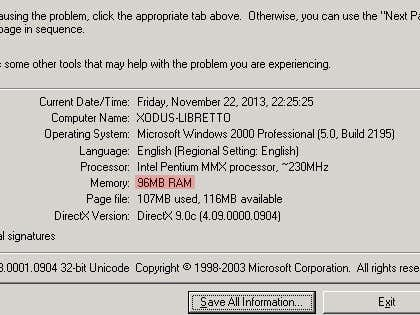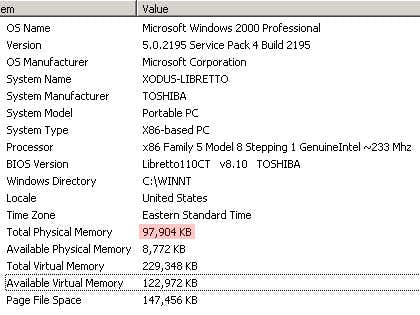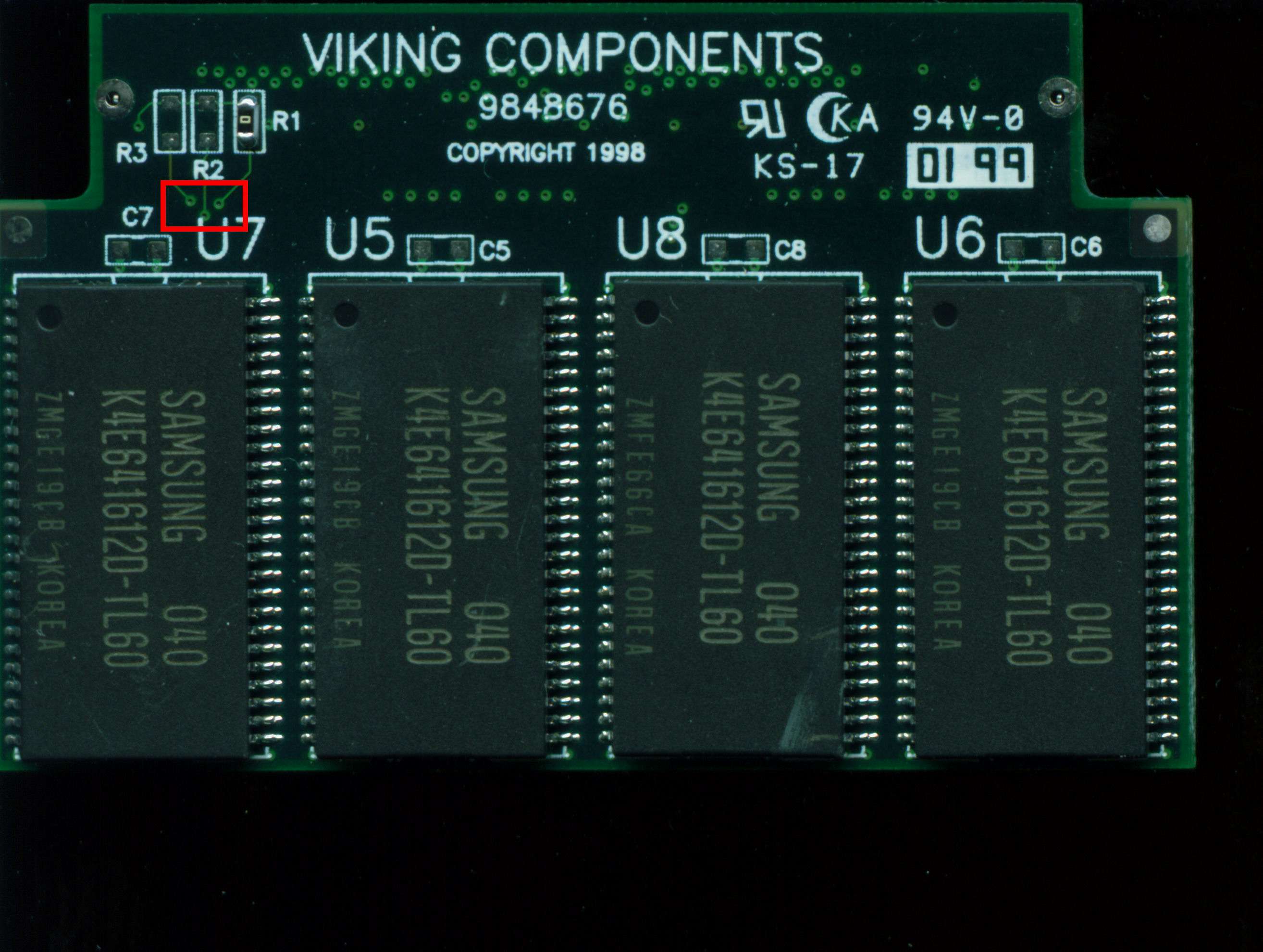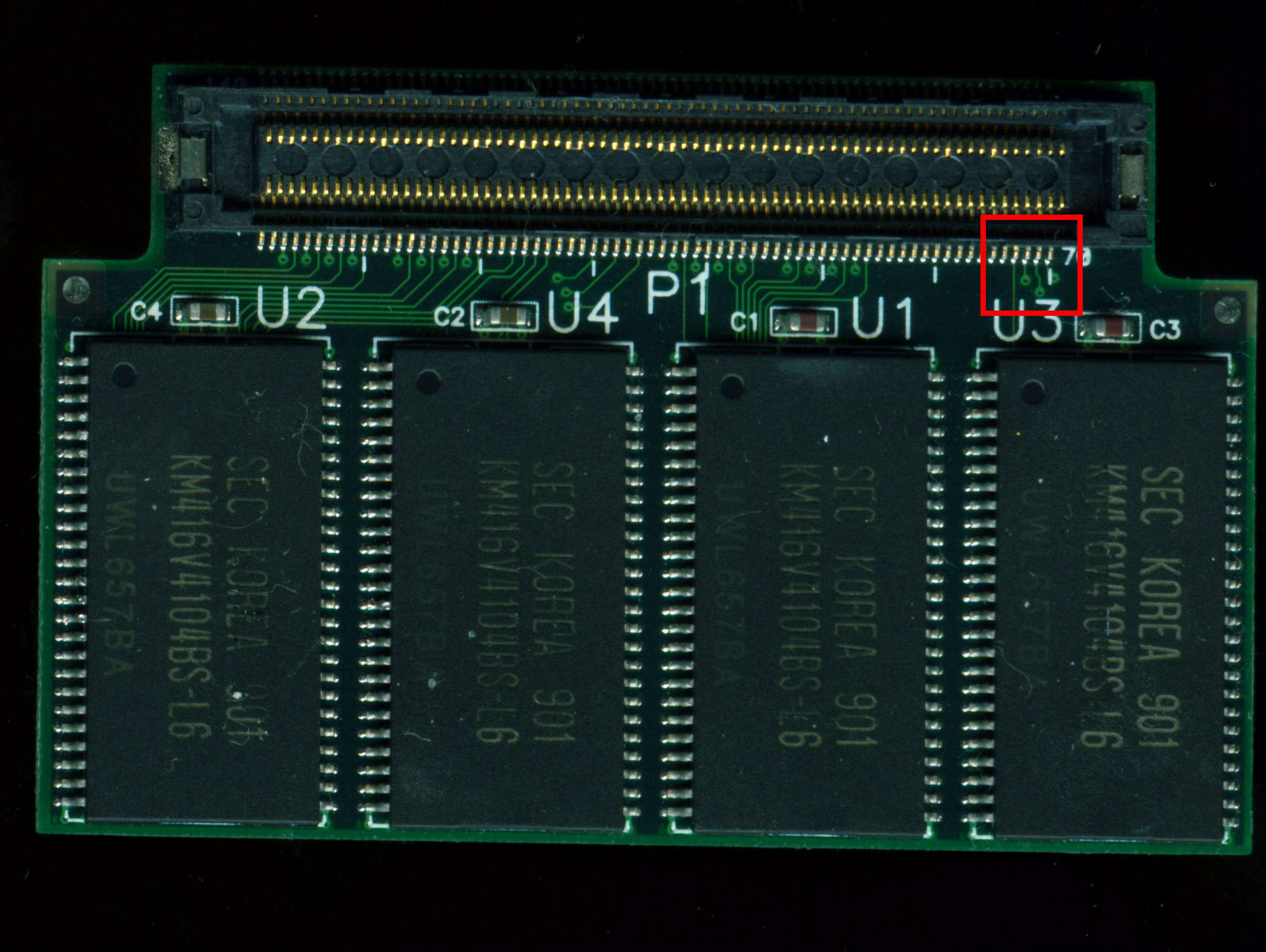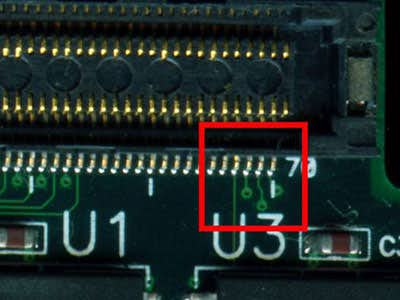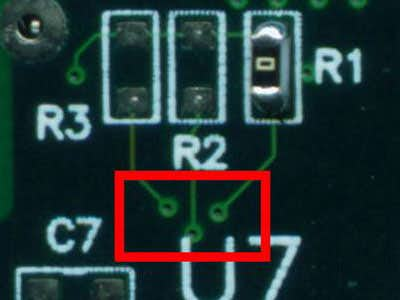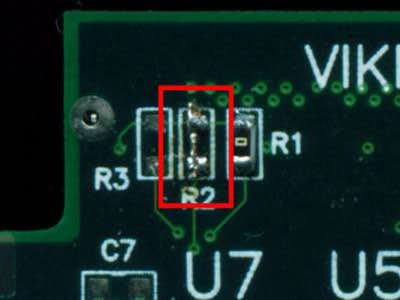Description
Introduction
The Toshiba Libretto 100ct is a fantastic little Pentium 1 laptop with a limitation on the amount of memory that can be installed capped at 64MB using a 32MB module. At some point it was discovered that the Libretto 100ct shares the same physical memory interface as the Toshiba Portege 3010. With a bit of soldering and a touch of dremeling it is possible to upgrade the Libretto 100ct to a full 96MB of RAM and drastically improving performance in operating systems like Windows 2000.
Where To Buy
The module to look for is the 64MB Toshiba Portege 3010 RAM with model number PA2067U. I bought mine from MemoryX and it came neatly wrapped in an anti-static bag a few days later.
- MemoryX.com – 64MB Toshiba Portege 3010, Libretto Memory Module (p/n PA2067U)
Finished Project
Below are screenshots with the relevant information highlighted obtained from using the DXDiag window and also the System Information utility. Each provides slightly different information about CPU and RAM.
Modifying the Memory Module
The first step will be to actually modify the Memory Module slightly due to slight differences in the way the memory is addressed by the Toshiba Libretto versus the Portege it was originally designed for.
Much like the overclock mod for the Libretto 100ct the procedure for modifying the memory module only involves soldering a small bit of wire between two jumper pins on the module itself.
With the module turned over, in the orientation it sits inside the Libretto the area of interest is in the top left corner right above where the letters “U7” are silk-screened onto the PCB itself. Solder a small bit of wire on the two pads right above the words “R2”, this connects the RAS2 or the second Row Address Strobe pin of the module to the controller on the Libretto itself allowing the BIOS to see the full 64MB of the module. Otherwise the Libretto would see the module as 32MB.
Modifying the Libretto
It is necessary to perform two modifications to the Libretto itself in order to fit the new Memory Module. The 64MB module is slightly longer and wider than the official 32MB module and requires a small area to be cut out on the underside of the palmrest. Secondly the connector used by the CMOS battery must be removed and the CMOS battery wires soldered directly to the motherboard. Due to the rarity of replacing a CMOS battery (if ever) this only becomes a small inconvenience greatly out-weighed by the addition of more ram to the system.
